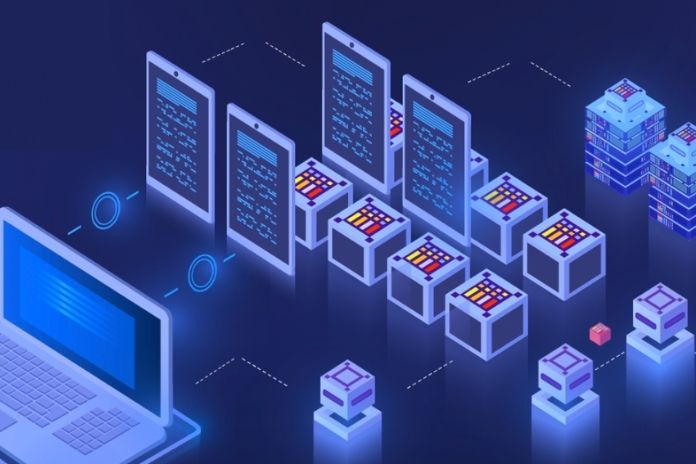Business for Companies: Certain truths are more like half-truths or false beliefs. While they have this status of truths, they can have negative consequences for many of us; among those that many believe that we are experiencing a moment of digital inclusion.
Those who have never stopped to think about it or have given it importance may be more a matter of option for the excluded or even a minor problem. But it is not.
We will see here and today what the digital divide is, what is behind it, the impacts or consequences, including for companies, and their role in changing the scenario.
What Is The Digital Divide?
Not to be too simplistic and say that it is the contingent of people who are not present in the digital inclusion scenario, digital exclusion is the phenomenon that affects a portion of the population that, for different reasons, is on the sidelines of the technologies that give access to the online universe and digital media, most characteristically, the Internet.
This is a typical definition, but it doesn’t explain some things and doesn’t clarify others. For this reason, and as we usually do, we go a little further.
The first step in understanding the digital divide is to make sure that we are fully aware of its opposite – digital inclusion. Stop and think for a few seconds if you can give a short, objective, understandable and enlightening answer to anyone who asks you: “What is digital inclusion?”.
Our possible answer is: “the process in which access to technologies that favor access to information, communication, work, leisure and everything that currently takes place in the digital environment is guaranteed and has the Internet as the main scenario for happening.”
It means being able to have all that is required to find out about any subject you want or need, to talk to other people, to express your ideas and feelings, to perform the activities that are required in the company where you work, for fun or to pass the time, or even to exercise the rights as a citizen (voting, access to health and education, transportation, etc.).
Yes, rightfully enjoying public policies at all levels – federal, state, and municipal – increasingly requires that the individual has access to digital media; for example, in the coronavirus pandemic, in which citizens who were entitled to assistance in an emergency could only access this benefit through the Internet, either because they depended on an application, or because they also depended on the access itself, or because knowledge was required to use it and a digital bank account.
Instrumental Digital Deletion
It is called instrumental digital exclusion because the instruments provided to users, which are the devices necessary for access, which are the smartphone, tablet, notebook, or desktop, are not available.
As much as everyone can have even the simplest smartphone that allows them to access it, it is important to remember that some do not even have a guaranteed plate of food. Even many of those who do have other basic priorities need it. Be addressed first.
Infrastructural Digital Divide
Infrastructural digital exclusion is defined when, even with the instruments to participate, the necessary infrastructure for Internet access is lacking.
Economic Or Financial Digital Divide
The individual is in a condition of economic or financial digital exclusion when he cannot pay for Internet access or service.
It may be due to the previous type. Still, it also happens in the country’s largest metropolitan regions, with more supply, competition, and lower prices, among the poorest strata of the population.
And once again, because of the pandemic, which showed the exclusion resulting from this type, many children could not attend classes remotely for the simple lack of a connection of reasonable quality. In the most extreme cases affected by the first three types, they did not have the instruments, infrastructure, or economic conditions for access.
Conclusion
The digital divide is the phenomenon that leaves an important part of the population out of the digital environment, with negative consequences also for companies.

